Probably, most of us dreamed of growing exotic fruits to not only enjoy their own lemons or oranges from their mini-garden, but also create an unforgettable atmosphere in the house. Limon became the most frequently grown thermo-loving plant in our latitudes. Of course, it does not give such a quantity of fruits as during growth in open soils in the conditions of subtropics. However, with proper care, cropping and watering, you can achieve excellent results. In addition, the flowering of this plant will fill the whole house with excellent aroma, which very favorably affects the emotional state of the person.
Content |
Fruit characteristic. Trimming lemon
The birthplace of lemon is considered China, India and Pacific Islands with a subtropical or tropical climate. It is believed that this fruit originated due to the natural hybridization of related plants belonging to the rut family.
The first mentions of this citrus, or rather, about the citron, which is its ancestor, are found in the documents created by the philosopher by the Philosophist in 280 BC. True, at that time the citron was practically not used in food. It was used as a remedy for small pests, for example, Tly and moths. Then they simply did not suspect that this fruit had such useful qualities. After a thousand years, the famous leakage Avicenna, after the first description of this citrus began using his juice to treat people - to remove nausea, treat diseases of the heart, jaundice. Moreover, these recipes have come even to the present day. Today, lemon tree can be successfully grown at home. Next, we will tell about it in more detail.
Why do the trimming of lemon? It is primarily aimed at creating the right crown of wood. If the plant sapling is ignored, then its structure will be more reminded by a candle, pulling up. Naturally, no fruits from this tree can be speech. Correctly formed Krone allows you to significantly increase the fertility of the tree, make it more beautiful, reduce the risk of diseases, including the root system, increase the life expectancy and fruiting.
It is necessary to make aware that it is not so complicated as the responsible procedure. After all, its incorrect execution can not only do not benefit the tree, but also harvest him, having laid the wrong direction of growth. Most often, the correction of errors in the formation of the crown can be carried out only with the help of cutting a large amount of tree branches, which clearly does not benefit him. Therefore, before starting work, it is necessary to carefully examine all the recommendations of specialists and think over a thorough planning plan.
First trimming of lemon
The first pruning of plants is produced in the first year of the plant's life. The trunk of the rided lemon is cut up at a height of about 20 cm. It is necessary to leave 4 sufficiently developed kidneys. They will become the basis of the formation of first-order branches. It is desirable that the kidneys are located from different sides of the trunk and at one level.
If the first trimming is done correctly, the room lemon is guaranteed to give the fruit. Usually the latter grow in small branches that are covered with foliage.
Features of the growth of lemon branches and their trimming
As already known, a young seedling gives only one vertical escape, from which a few side branches of first order are departed for the second year or at the end of the first. They leave only 4 pieces to form a branch of second order. Thus, the tree forms its crown. Fruit lemon begins after the formation of 4 orders of shoots and further.
Not all tree branches begin to fruit after the formation of a branch of 4 orders. Some of them continue their growth to bring fruits to the next year. In the process of growing wood, the appearance of so-called "fatty" branches, which grow vertically and do not fruit. So that they are not selected from the whole tree useful substances, it is better to get rid of them. You can do this in two ways:
- Full removal. Shorting them by 20-25 cm in the hope of rebirth in the fruit-sized branch. The fetus branches are considered the most rich in fruit-lawy crops. They, as a rule, are located at the top of the crown of the tree. The most frequent position is horizontal, however, there are also hanging fruit branches.
- Partial removal. Even in the process of growing wood, dead branches begin to appear. They must be removed immediately. They not only can reduce the yield of the tree, selecting all the necessary beneficial substances, but also to cause infection with all sorts of diseases, especially pests that love to be equipped under the crust of the dead branch. Old and useless branches are still quite thickening to the crown of wood, preventing the penetration of sunlight. Because of this, lemon fruits may be too small and devoid of traditionally bright aroma.
Lemon crown nuances
There are general rules for trimming fruit trees. However, for citrus, there are some nuances that need to know and observe to obtain a good harvest. Acting for a specific plan, you can avoid extra effort in further trimming of the tree.
Some rules of lemon trimming:
- It is possible to carry out work on the formation of the crown throughout the entire season of vegetation of the plant.
- Crusting can be subject to all without exception of the tree branch, but it is necessary to start with the trunk. Thanks to this session, the tree can take the shape of a bush with the formation of a large number of fruit systems.
- The trunk trim is carried out by no more than 20 cm, while, as a rule, leave a total of a couple of well-developed kidneys oriented in different directions.
- The recommended pricing value of the first level shoots is not more than 25 cm, second-level shoots - no more than 10 cm.
- Subsequent branches are shortened only by 5 cm.
- On trimming branches of 3,4,5 orders, the formation of the lemon crown can be completed.
After trimming, all sections must be carefully treated with an antiseptic. It is worth noting that the branches of a small thickness (less pencil) should not be processed. Treatment is carried out by oil paint or special garden bora. If the operation is incorrectly or not in a timely manner, the tree may just die. It is necessary to take into account that our climate is not entirely suitable for growing this plant, the poet it needs more forces to adapt, even if it grows in a pot in a warm apartment. Therefore, the lack of processing after thinning the crown can lead to additional tree diseases.
Pinching and removal of excess flowering
This operation is carried out for all fruit trees without exception, and the lemon is not an exception in this matter. This is done to accelerate the growth of young shoots and increasing the yield of the tree itself. Conclusions to the discharge of unnecessary young shoots. It is done immediately as soon as they appear on the light. "Workers" leave the same shoots. As soon as at least 6 full-fledged leaves appear on them, they are plugged with the top.
Lemon differs among other fruit trees very thick and bright flowering. Of course, eliminated by the colors of the crown of a tree, can not but please the eye, however, too abundant flowering, with all its beauty, can go harmfully. The fact is that excessive bloom depletes the tree, and even if there is a lot of fruits on it, they will be distinguished by poor quality. Therefore, excess flowers are better removed. Begin deletion is necessary from the weakest flowers. If the whole branch is bad, do not hesitate and cut it off. It is better to sacrifice the "weak link" for the sake of good harvest in the future.
Tips beginner "Limonedam"
Naturally, for many reasons, the cultivation of lemons in our latitudes requires special knowledge and skills and not every novice gardener can cope with it. Therefore, if a person never practiced work with this plant, he is better to read the advice of more experienced lovers and professional agronomists to grow a good harvest of their own citrus. So, to grow a good productive tree, you need:
- It is mandatory to deal with excessive flowering. This will not only affect the formation of the wound, but also on the development of the entire tree. So, after a few years of such flowering, the tree can just dry out.
- Perform an annual rejuvenating lemon trimming at home with the formation of a tree crown. This is done necessarily with the holding of a tree.
- To try to spend the segmentation of the "workers" branches to accelerate their growth.
- Constantly monitor the growing "fatty" branches and in time to stop their further development.
- Try to prevent the fruction of the tree until the end of the formation of the crown. After the completion of this process, the crops will be much higher than otherwise.
- It is impossible to allow lemon flowering in the first year of life. This process can suggest a tree that, with a high probability it will just perish. Even if lemon survives, such a plant is unlikely to give a normal harvest in both quantities and quality.
- To give preference to the formation of a flat crown, as it will provide a large area of \u200b\u200bsunlight entering, which favorably affects the development and fruiting of a lemon tree.
- Conduct the branches only where it is really necessary. It must be remembered that errors in the formation of the crown is subsequently very difficult to correct.
- Remember that short trimming must be carried out to form strong new shoots, and the long one for the formation of fruit kidneys.
When crop lemon
In this question, the opinions of specialists who have long been working with this plant have diverged. In principle, at home, this operation can be carried out yearly, because in the apartment there is almost all the time more or less stable temperature. However, it is accepted yet to assume that the most proportional time for trimming is the early spring when the tree comes the flowering and bootonization period. In case of acute necessity in domestic or greenhouse conditions, it is possible to pruning in winter, at the end of February. Cutting a home lemon in the early stages of its formation can be carried out only with acute necessity, because it can cause irreparable harm to the plant.
Pruning and forming the right crown of wood will not only make a lemon with a decoration of your winter garden, but also will bring a great harvest that will delight all your family, because it will be very nice to drink tea in a circle of your loved ones, biting your own lemon.
Why is it worth growing lemon?
Lemon is considered to be a unique product full of valuable and useful properties. It is difficult to overestimate his favor. After all, it is, or rather, in lemon juice, contains a very large number of valuable vitamins and minerals. As for calorie, then in 100 grams of fruits is made only 15 kilocalories. At the same time, in this quantity of citrus there are 0.8 gr proteins, 0.1 grams of fats and 0.4 g of carbohydrates.
Juice obtained from fruits is a yellowish transparent liquid that has a characteristic aroma. Juice is usually obtained by pressing. It is capable of improving performance and help to cope with stress. In particular, these properties can help before exam and business meetings. In general, it will be useful for everyone who needs to increase the concentration of attention and improve brain activity. In a word - lemon juice makes a person more confident in himself.
Due to the fact that the lemon contains a lot of vitamin C, people who use it may not be afraid of seasonal colds. In addition, its use can prevent the appearance of premature wrinkles. It is noteworthy that in one middle lemon contained about 25% of the daily rate of this vitamin. Due to the regular use of fruits, you can prevent spring hypovitaminosis.

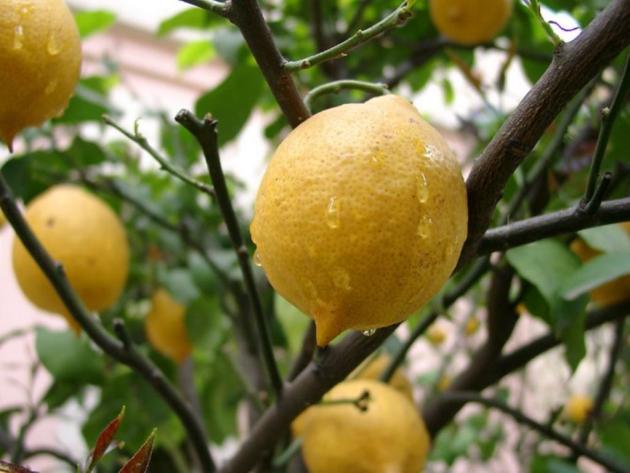
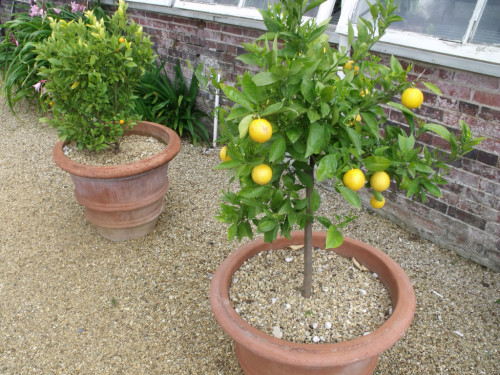
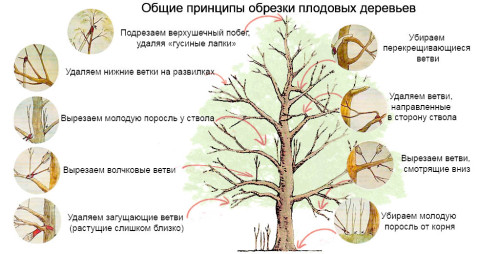
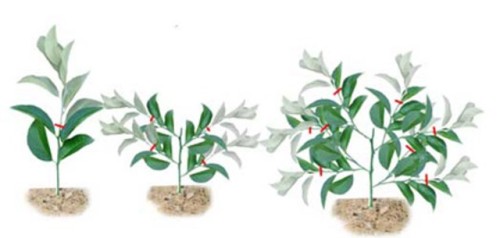
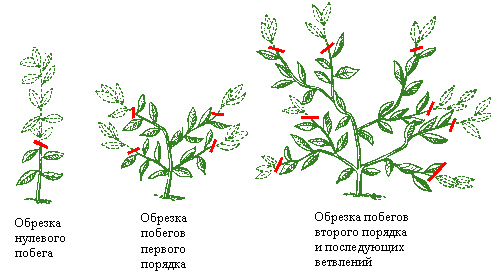
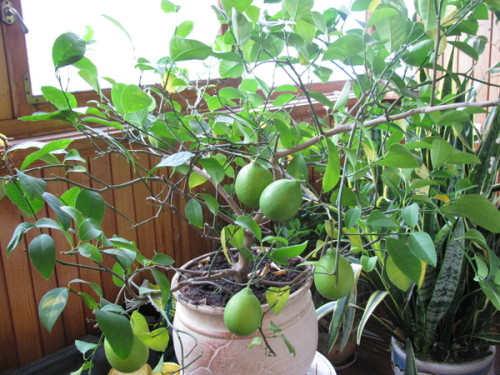
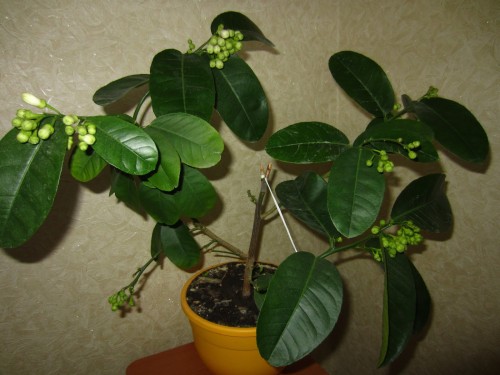
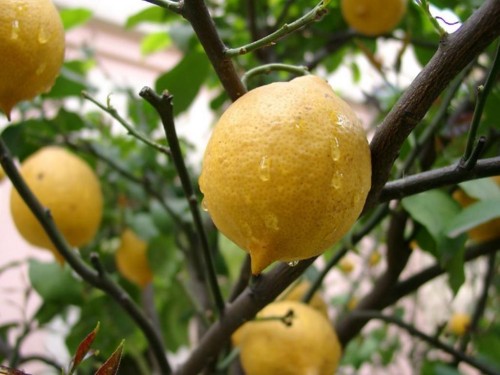
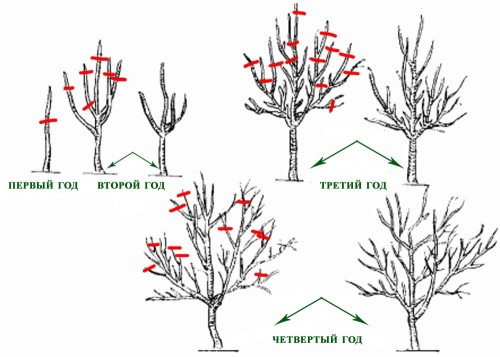













 Start a discussion ...
Start a discussion ...